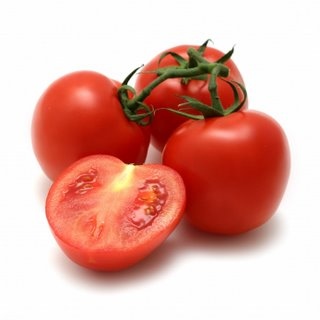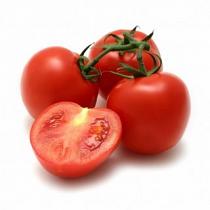Lycopene: How to reduce stroke risk
Stroke can cut a person’s life short because most of the time it comes with no warning or masked as something else. Most people who end up with stroke first had to contend with vascular diseases. You would think it a condition linked with age but these days we have seen young people succumbing to what we knew as old folk’s ailments.
According to statistics more than 10 percent of deaths can be attributed to strokes and not all who die are over the age of 65. Strokes are not fatal the can be debilitating. The millions of people dealing with the effects of stroke puts a strain on National health services which is why doctors and scientists have worked hard to find a cure. This research into a cure has led to forays into natural remedies and preventative measures after, prevention is always better than cure.
Remember the 5 vegetables a day rule? Most people don’t live by this rule. If we did live by this rule and ate our veggies, we could have healthier bodies and might be able to keep diseases like hypertension, high cholesterol and even strokes at bay. For instance the tomatoes have a substance known as Lycopene. Scientists have found that this potent anti-oxidant can do so much to fight the onslaught of strokes and cancer. The body needs anti-oxidants like Lycopene prevent free radicals from damaging important cells and membranes.
After to a 12 year long study of a 1000 men between the ages of 40 and 60, Dr Jouni Karppi who is affiliated with the University of Finland found that men with a high concentration of Lycopene in their blood had a 55% chance of lowering the risk of stroke, diabetes and prostate cancer.
According to the USDA, National Nutrient Database, tomatoes are a rich source of Lycopene but raw tomatoes provide the least amount of Lycopene. Tomato puree or tomato pastes have as much as 50,000mcg and 75,000mcg more lycopene than raw tomatoes which only have 5000mcg. The problem with processed tomatoes is that they usually have additives that aren’t natural like the calcium or salt and sugar.
V. Dewanto published a paper in the “Journal of Agriculture and Food Chemistry” about how thermal processing of tomatoes enhances the total antioxidant activity of tomatoes. Heating tomatoes from two minutes to 30 minutes progressively increases the Trans-lycopene from 54% to 164% and the oxidant levels increase from 28% to 62%.
When you are planning a Lycopene rich diet, keep in mind that in order for the body to absorb it there should be a bit of fat. Do not be afraid of tomato sauce or ketchup, it is your best ally in the fight against stroke. There are other food types that are sources of lycopene and these are things like watermelon and papaya. When you plan a Lycopene diet, you should remember to take everything in moderation- not too much and not too small.
If you cannot get your Lycopene in your normal diet, the easy route to take is to take supplements. Purists will argue about the effectiveness of the real ingredient compared to a manufactured one.Comments
There are 0 comments on this post













